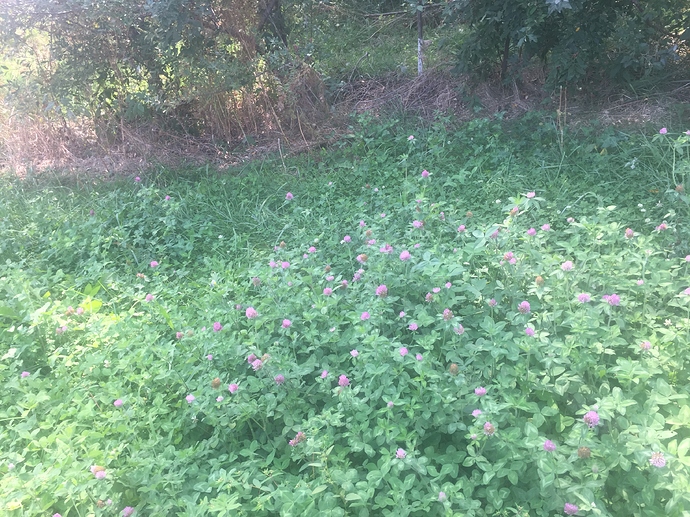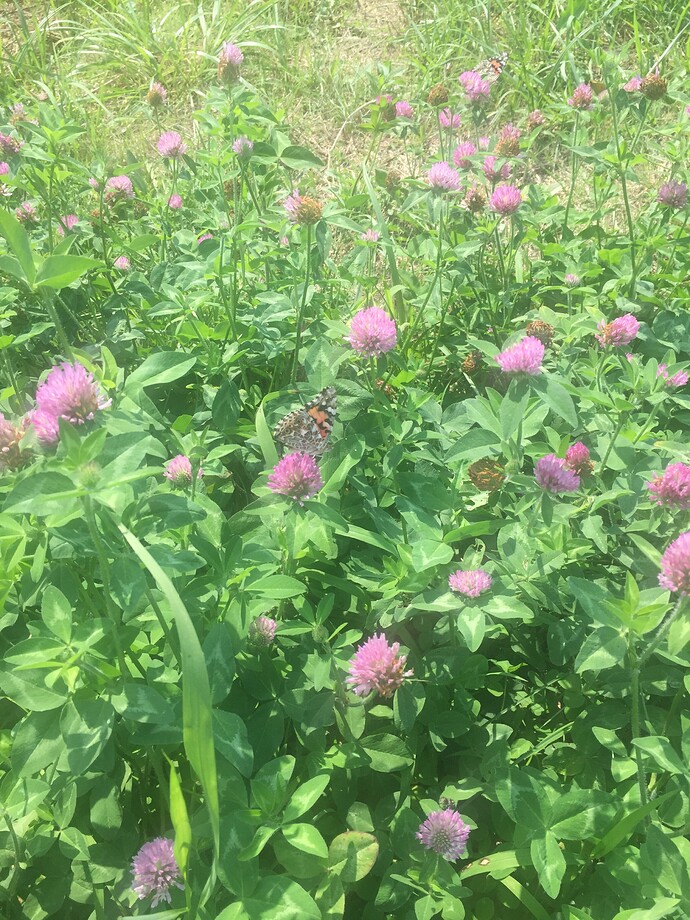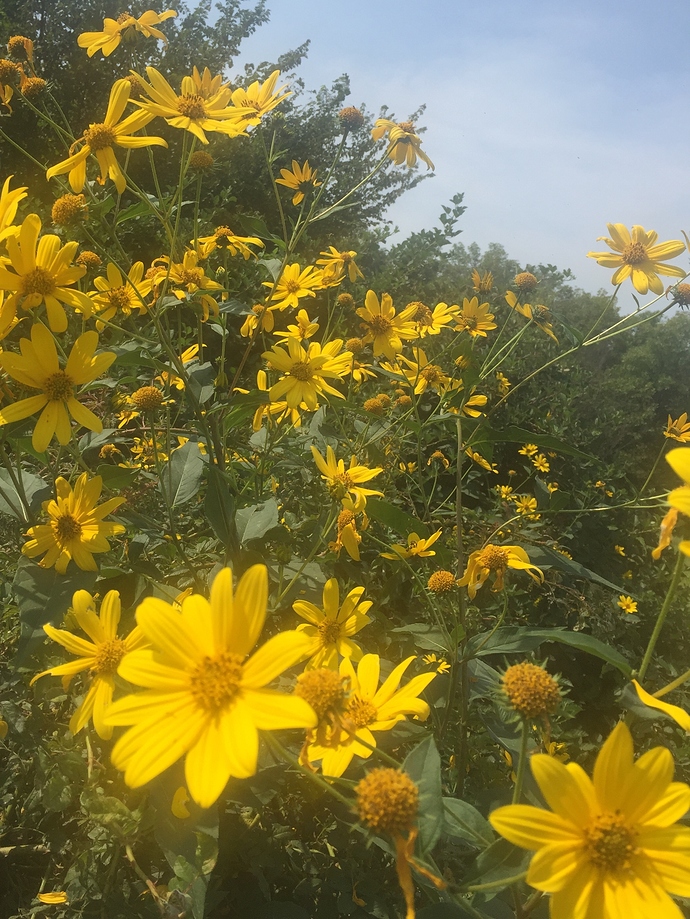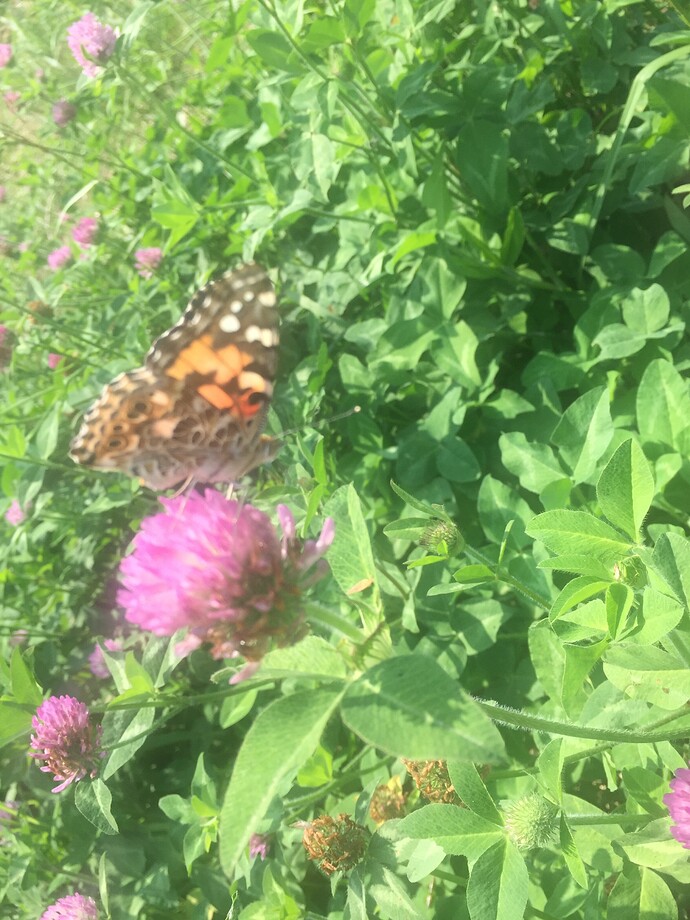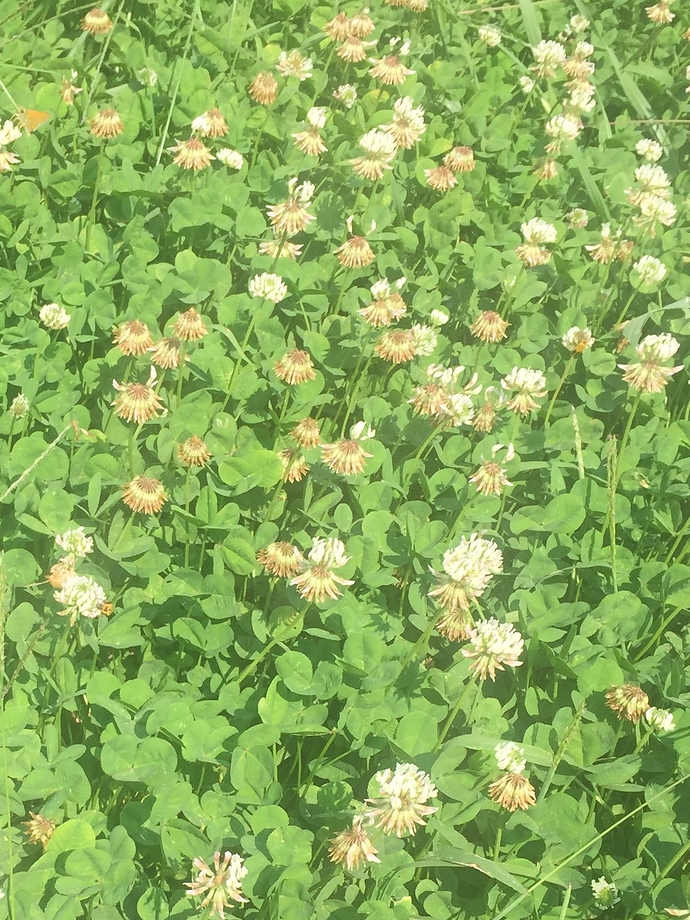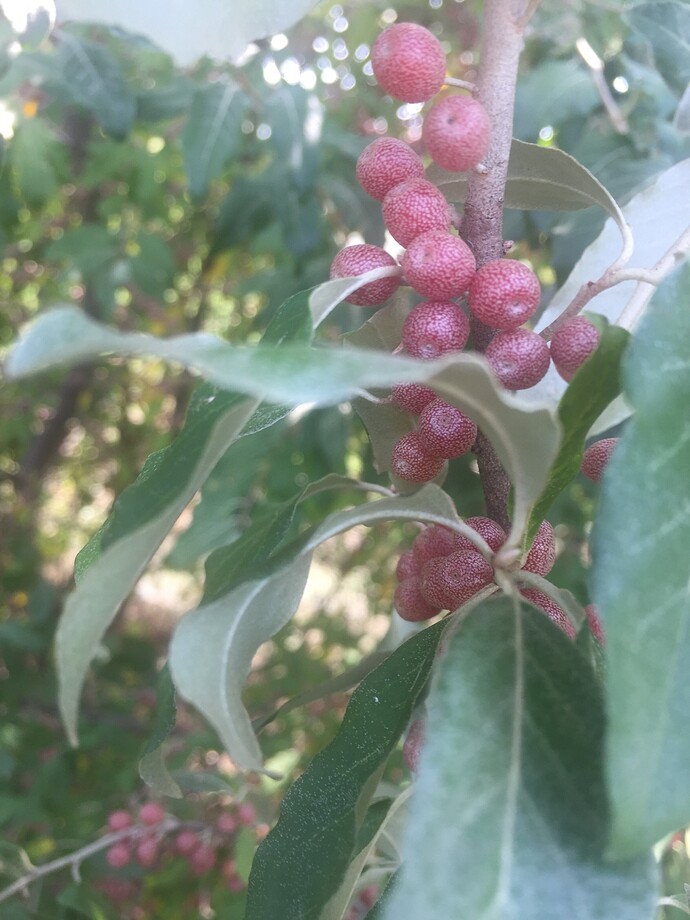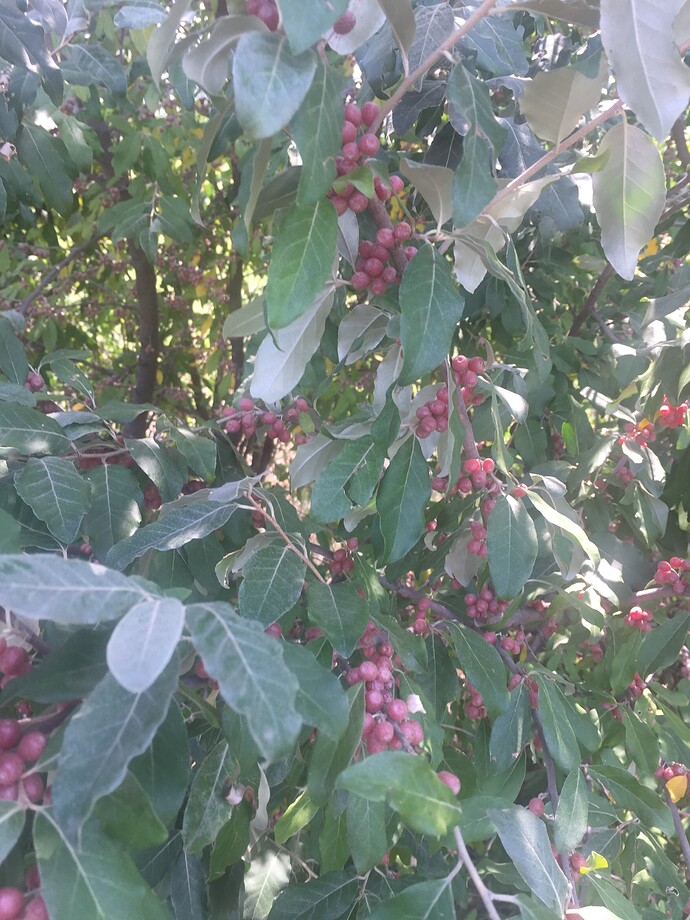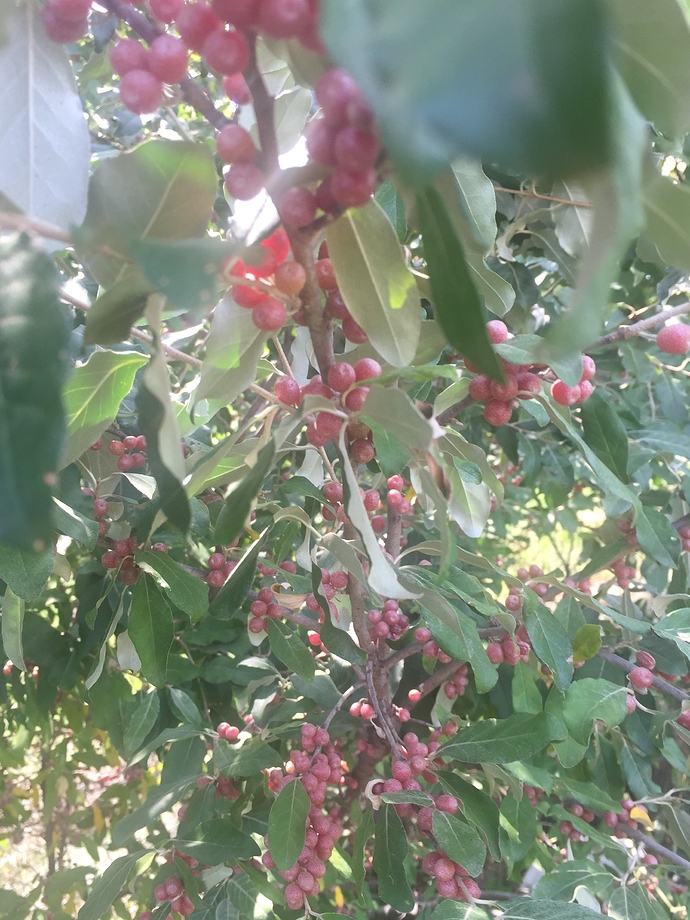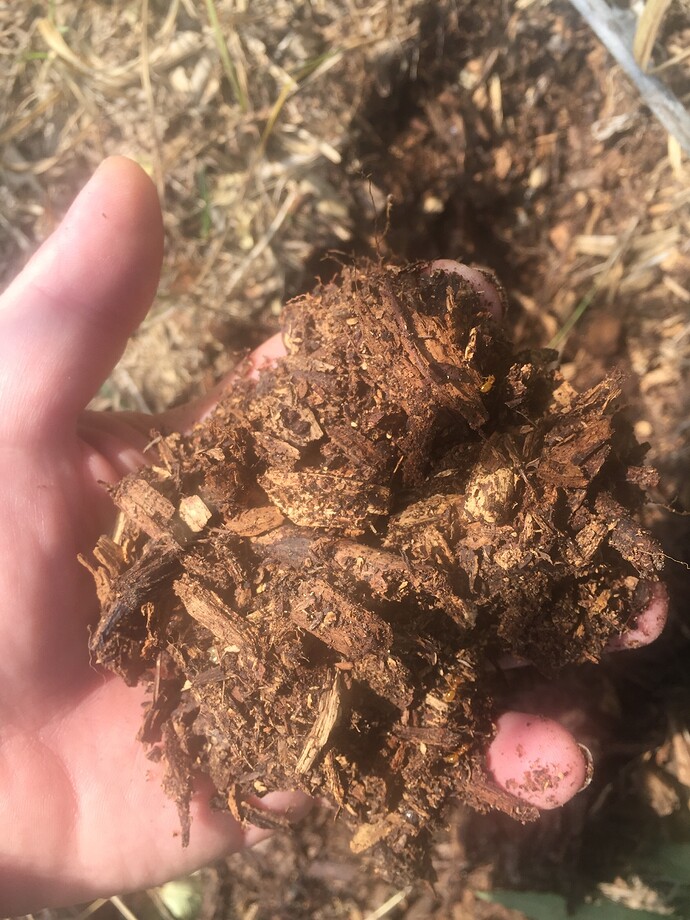Amadioranch,
Yes I use 111 for my apple root stock which is a valid point. Over 20+ years and it has never let me down.
[quote=“amadioranch, post:34, topic:203”]
“Fwiw, our soil in Phoenix is clay and has a average soil pH of 8.4. Confirmed by lab analysis. This idea pH of 6.0 that is claimed to be needed for various plants is for the most part bunk. We grow anything and everything in out high pH clay soil.”
My question is, have you tried adjusting your soil on any apple trees for a comparison? Ideal pH for apples is not as so specific, and for general production anything from 5.5 to about 7.5 is considered acceptable, although commercial growers try to keep it near neutral here for improved calcium access and the hope of better storage potential for fruit.
I get results that seem to suggest that adjusting pH is more important in some soils than others in ways not entirely tied to pH- in other words, I have some orchards that are very productive with a 5.5 pH and others where I need to add lime to get the pH into the 6’s to get decent productivity. This could also be affected by rootstocks though as I often don’t know what the rootstocks are.
In soils above 7.5 I always add some sulfur before I plant anything. I’ve never tried to compare the results with untreated alkaline soil, however. It isn’t as common in the east. Most trees in my nursery are on 111.
Well no matter what I would like to know. The soil here has had grass on it for 46 years. I don’t really use any chemicals, Just curious as to what I have to work with. Yee Appleseed exactly what I’m doing applying selenium and be done with it. I can use azomite and just apply it yearly for awhile. Then maybe do a soil test and see where the soil is at. I also feel having more information is a good thing. At MSU if you list what crop you’re growing they will give you advice on how to proceed, what to use. You can do this online and can do it numerous times with different crops and they suggest what you need for that crop. But the test is rather simple. Private labs like Logan Labs give more detail, but you have to pay for advice. Cost of soil test is the same Some states only charge $15.00 like U of Mass, and they will do any soil. from any state, so if money is a concern.
On fungi, well I grow some stuff in containers so feel it would not hurt to inoculate with fungi. I grow a lot of tropical plants, and I can’t expect the fungi to be growing in the soil here. Such as tomatoes and peppers which are tropical plants from South America. MycoGrow costs $5.00 and inoculates 250 plants so cost is .5 cents per plant. I think even if not needed, it doesn’t cost anything really, so I use the product. Easy enough to use too.
Thousands of studies do show it is beneficial. the question becomes is it already here? At 1/2 a penny a plant, I feel I can make sure it is.
The product also contain other beneficial organisms.
Yes I have gone thru EXTENSIVE measures to adjust soil pH on all our acreage. We have acidified irrigation water with hundreds and hundreds of gallons of sulfuric acid (N-phuric) and also used elemental sulphur extensively. Results are: A slight dip before returning to 8.3-.8.4. The issue is that we have too much carbonates in the soil that buffer pH right back up. Came to the conclusion after thousands spent that I was chasing a fools errand for nothing. Truth is that if I hadnt read over and over that high pH was a problem I wouldnt have ever know it. Because truly its never been a issue to grow in it for us.
If I threw enough money into acid I could eventually burn up the carbonates enough to achive a permanant pH drop, but its just not worth it.
Climate is several orders of magnitude more important than soil in determining ease and success of fruit production. Any decent soil can be made highly and dependably productive if climate is right. But without the right climate things like almonds aren’t even worth considering. The plains has equal or better almond soils than CA but 100% of almonds are in CA.
My greenhouse is another good example. I almost never miss a crop in my greenhouse, I’d say 95% production. Outdoors the same crops are maybe 0-30% production. Soil is the same.
Amad, I get it. You’ve done your research and are dealing with a soil and conditions I have no knowledge of. Back when I grew stuff on the west coast I didn’t even know about pH- just noticed that things grew extremely well under an alfalfa mulch, which probably compensates for most pH issues.
Read the book, consider the book but run by your own personal experience. Whatever works.
Amadioranch… When I was in West Texas we had similar soil and never suggested anyone apply sulfur to lower pH for the reasons you found out. However, it is common practice to raise pH by applying lime in East Texas. I know Womack Nursery suggest using Halford rootstock for high pH soils instead of Nemaguard rootstock that is usually suggested for Texas. Higher pH does not appear to be as limiting factor for most crops as low pH, with exceptions such as blueberries.
Phoenix soil is the Clark Kent of soil. Half the time its not there just rocks and caliche that is almost indistinguishable from the rocks. Just a thin, tan substance. Practically devoid of any organic matter. I used to get a kick out of the Starks growing instructions that say you should “soak the roots in water while you dig your hole and be careful to water the tree until it is established” a proper hole in Phoenix is a multi day undertaking unless you have power equipment. You will water that plant until it dies. Fine soil, despite its appearance.
Overrated growing climate though, with two short growing seasons and just enough freezing weather to kill tender plants. People back east just don’t understand the concept of rushing to harvest your crops before they burn up. I’ll wager most of them have never even seen a tomato stewed on the vine.
Digging here is all about moisture. Digging dry soil is best done with a pick. No fun. But, that rock hard soil turns into beautiful soil thats easy to sink a spade into if a day or two before it was watered. Your right, we have little organic matter. Not enough rainfall here to produce the growth to break down to make it. BUT! Other than a lack of nitrogen its is amazingly rich in everything else both major and minor. Add composted manure and its beautiful stuff to grow in. We love growing here. Yes it has its challenges, but few places outside Kalifornia can boast a 365 day a year grow season.
Thought I would follow up on my long term soil improvement strategies. My land is getting richer all the time and because of that my food production goes up all the time. Many sustainable crops are being grown in my orchard in between the rows. I target nitrogen fixing plants and then compost them back in. If I take 1000 pounds of pears out of my orchard or 1000 pounds of aronia or 100 pounds of blackberries in some way I need to put those things back. Years and years people took 40 bushels per acre of grain off this property and put nothing back. My hay ground raised thousands of cows and thousands of bales of hay but none of those farmers once put anything back. How much calcium goes out from your land when you take in a load of 35 head of cows once a year? The bones alone are very heavy! What are they made of? How much phosphorous or other minerals do you lose when 100 1000 bales of hay go out of here every year? My strategies are fairly simple which is produce more hay and keep the ground healthier! Produce more fruit and get more food to eat out of the same dirt but make it sustainable. Here a few picture from today! This year I made a deal for a flat price for hay. He paid $20 per acre and could keep the hay but he applied 150 pounds of nitrogen. The hay field percentages alone due to the addition of clover have went up at least 15%. This year was a wet year so he got 140 1000 pounds bails of hay. I’m very pleased with the results and am getting close to the break even point every year. Soon there will be profit and as you can see the ground is healthy again! When I got this land it would not grow tomatoes. Some native plants I grow as bulk material and for beauty! Native plants also correct soil problems. We have weedy gardens sometimes because the weeds are trying to counter an imbalance. Proof can be seen if you play close attention to plants such as lambs quarter that grow in old stock yards due to the rich cow or pig manure. Many weeds correct things and once they do they disappear. Poor ground grows Mullein, wet ground grows elderberries and so on and so forth. Around my trees I use composted wood chips to improve the soil
I read somewhere that organic matter sort of “insulates” plants from adverse soil conditions. Anyone have an opinion on this?
KYWeaver,
That’s absolutely true! We know great soil is good for plants! Like the food we eat if we eat poor quality food it causes our health to be poor. Poor soil kills plants , stunts their growth, causes them to be susceptible to disease. Compost is very good for fruit trees and I see immediate improvement Unless we overdue things and cause excessive growth.
Like what you’re doing Clark.
You probably know fruits generally don’t remove many nutrients (probably because they are mostly water). A heavy crop of peaches removes about 12 lbs. of P2O5 per acre and 4 to 5 times the amount of K.
Sounds like your soil was pretty deficient to start with and is starting to produce well.
I have grown accustomed to rich soil and I like it for peach trees. I’ve grown vigorous peach trees and trees with poor vigor. I prefer the former because it generally guarantees plenty of good fruiting wood. The one thing I don’t like about rich soil is that it holds too much water.
Yes this soil was farmed out Olpea. There was no organic material in the soil from repeated application of anhydrous and other nitrogen based fertilizers. Many spots would not even grow weeds. There was tons of residual herbicides and pesticides when I got the place. It raised round up ready beans and wheat and that was it. You could grow that stuff in sand! It took me 4 years to get grass to grow in my yard. It was an awful lot of work to get it to this point.
I don’t have much land, but it had mostly reverted to forest when I moved here so the soil was vital and well suited for fruit trees. It is not like the clay loam soil on most farms around here that are insanely productive and when the rain stops the soil dries out quickly, but in the northeast that is a good thing usually for growing fruit- just not the most productive soil for corn or vegetable crops.
I’ve built up the soil a bit too much under most of my orchard trees and so I’m going to change how I manage them and see if it doesn’t raise brix by letting sod grow right up to the trunks, even for my peach trees. I would like to dial down their vigor a notch because at sites I manage trees with somewhat less vigor that have a tad higher brix.
On the other hand, I have a 25 year old peach tree that still grows like a kid and is productive as any tree in my orchard. This doesn’t happen in lesser soils. I will just have to see how it works out to change my methods.
In general, fruit trees will like more fungi in the soil than berry bushes and much more than vegies, so putting more wood chips in the soil is a great idea. I also do the put back in what I took out" philosophy Clark. I’ve got enough variety from different families that I can throw old quinces under a cherry tree, apples under a paw paw tree, etc. It keeps the diversity in the soil. Varieties of mushrooms growing naturally is also a measure of and an indication to that it is becoming more naturally stable/insulated and provideing more micro and other nutrients. As my orchard has grown, I have enough diversity of leaves and wood to add to the fungi in the soil and make biochar.
John S
PDX OR
What the peer-reviewed plant biology literature calls “biochar” and the feel-good advertiser-hyped natural gardening literature call “biochar” are two different things.
Now, if you think adding a moderate amount of thoroughly composted wood chips to your soil mix is a good idea – so do I. But it’s not biochar. Further – in balance to the organics I believe there should also be a moderate amount of igneous or metamorphic inorganics on the quarry scale of “3/32-”.
Richard brought up this post from the distant past, but I will comment on the John S comment anyway.
Make that ON the soil, unless you have a way to give both the bacteria and the trees the nitrogen they need. In well aerated soil, the bacteria will seize most of the available N if you put a lot of wood chips in the soil.
Yes, I agree with Alan. I was typing too fast. You want fungal material in the soil. you get that by putting wood chips on the soil, which will be taken down and decomposed by worms and microfungi. Then it is bioavailable to the plants without robbing the soil of nitrogen. Thanks for catching that.
John S
PDX OR
I like to consider the soil created by the trees themselves, especially to compare forest soils with prairie soils. Prairie soils tend to get churned by hooved animals and create a fairly deep homogeneous layer of top soil- perfect for corn, soybeans and, of course all manner of herbaceous meadow plants. Trees are self mulching and create a parfait of relatively thin layers and the distinct differences serve their needs. In early spring when the soil is excessively cool and wet for vigorous growth the airy layer of humus directly below the layer of partially rotten leaves that are below the layer of fresher leaves (which help prevent erosion and provide insulation) provides the perfect place to start active growth of fine roots- they actually grow during the winter somewhat, but really take off in early spring right up into the partially rotten leaves. As the soil warms up this layer is often rapidly dehydrated and the most vigorous root activity starts to occur in the next lower layer of finer top soil that is a humus-soil mix. On a normal year, the activity moves downward as rainfall fails to keep up with what the trees remove above, but in wet years most activity may stay near the top but the parfait is a very economical soil system that makes best use of the organic matter for the trees needs. I try to imitate that when establishing trees.

